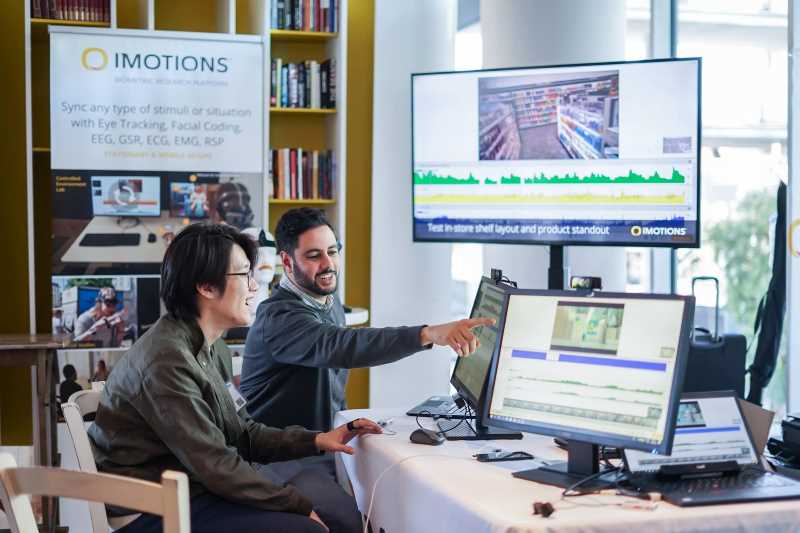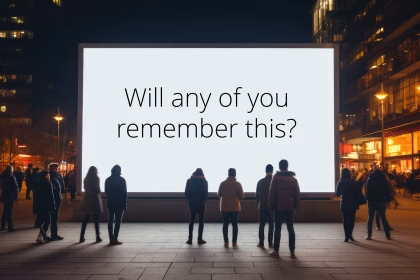Cities are experiencing accelerated growth in visitor numbers to the point of overcrowding, raising concerns about negative effects on both destinations and residents. Academic discourse on overtourism primarily addresses environmental damage, infrastructure overload, and resident dissatisfaction, often overlooking how tourists experience overcrowding. When examined, tourist experiences have predominantly been measured using subjective self-report tools such as questionnaires and surveys.
This study addresses this gap by introducing an objective, real-time, multi-method framework that integrates spatiotemporal tracking, wearable physiological sensors, and mobile eye-tracking to assess visitors’ emotional and visual responses to various conditions of density and congestion outside the laboratory. Although the pilot experiment was conducted with local participants due to international travel restrictions during the COVID-19 pandemic, the methodology developed is relevant for broader application to tourist populations.
Results show that high visitor numbers affect visitors’ emotional states and visual attention. Furthermore, the study proposes that the aforementioned methodology can be applied not only for the dependent variable, that is, emotional arousal, but for the independent variable, density and congestion, as well. By presenting the tourist gaze as a dynamic metric to measure density and congestion, the study advances theory and offers tourism destination managers and urban planners’ tools to cope with overcrowding and enhance the tourist experience.







